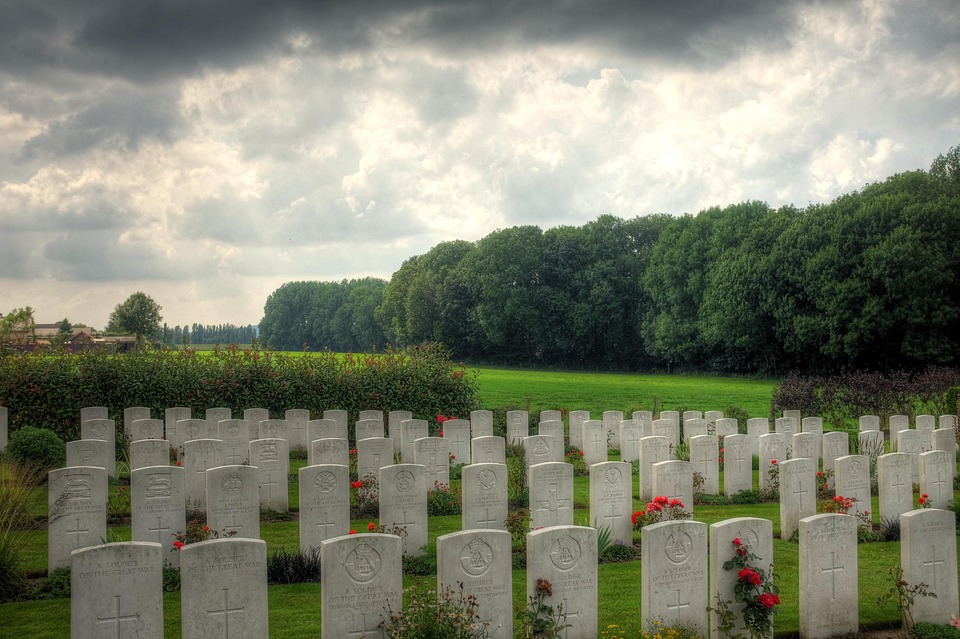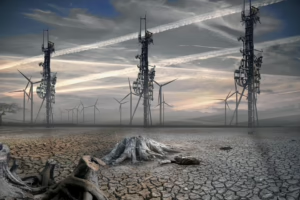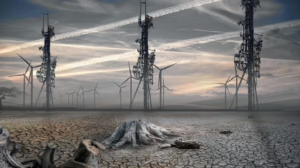History in Crisis: Lessons from Major Global Conflicts
Introduction
The study of history, particularly the history of global conflicts, serves as both a reflection and a guide for contemporary society. Major global conflicts, such as the World Wars, the Cold War, and more recent conflicts in the Middle East, are not merely events of the past; they are warnings and lessons for current and future generations. Understanding these historical crises enables us to appreciate the fragility of peace and the complexities of international relations.
Chapter 1: The World Wars
1.1 The Great War: Causes and Consequences
World War I, often described as “the Great War,” was triggered by a multitude of factors, including militarism, alliances, imperialism, and nationalism. The assassination of Archduke Franz Ferdinand in 1914 was merely the spark that ignited a powder keg of complex tensions. The aftermath revealed the catastrophic consequences of war on a global scale, resulting in millions of deaths and a reconfiguration of national borders.
The Treaty of Versailles (1919) aimed to establish lasting peace but instead sowed the seeds for World War II by imposing harsh reparations on Germany. This illustrates the importance of conflict resolution mechanisms that consider the socio-economic conditions of nations in crisis.
1.2 Lessons from World War II
World War II further deepened our understanding of genocide, totalitarianism, and the global implications of aggressive nationalism. The Holocaust serves as a haunting reminder of the dangers of unchecked hatred and racism. The devastation wrought by nuclear weapons introduced the ethical dilemmas surrounding warfare in the nuclear age.
The establishment of the United Nations (UN) in 1945 was a direct reaction to these conflicts, emphasizing the need for collective security, mediation, and international law. This lesson underscores the importance of international bodies in maintaining peace and providing platforms for dialogue.
Chapter 2: The Cold War
2.1 Ideological Conflict and Proxy Wars
Following World War II, the ideological struggle between capitalism represented by the United States and communism led by the Soviet Union resulted in the Cold War. This era was characterized by indirect confrontations, or proxy wars, in various countries, including Korea, Vietnam, and Afghanistan. The Cuban Missile Crisis of 1962 came perilously close to triggering a nuclear war, emphasizing the need for effective communication and negotiation in managing international tensions.
2.2 The Fall of the Berlin Wall
The fall of the Berlin Wall in 1989 marked the end of the Cold War and is emblematic of the power of peaceful protest and civil disobedience. The reunification of Germany demonstrates how collective efforts for democracy can lead to significant political change without resorting to violent conflict.
The lessons from the Cold War highlight the importance of diplomacy, human rights, and collective security arrangements in preventing wars and fostering stability.
Chapter 3: Post-Cold War Conflicts
3.1 The Balkans and Ethnic Strife
The breakup of Yugoslavia in the early 1990s was driven by ethnic nationalism and resulted in brutal wars marked by ethnic cleansing. The international community’s delayed response, characterized by inaction and indecisiveness, underscores the need for timely intervention in the face of humanitarian crises.
The Dayton Agreement in 1995 provided a framework for peace, illustrating that negotiated settlements require a commitment from all parties involved. This conflict demonstrates the critical nature of international cooperation in addressing the root causes of ethnic strife.
3.2 The War on Terror
Following the September 11 attacks in 2001, the U.S. launched its War on Terror, leading to military interventions in Afghanistan and Iraq. The political consequences of these actions continue to reverberate, contributing to instability in the region.
The prolonged conflict in Afghanistan raises questions about nation-building, cultural understanding, and the efficacy of military solutions. This era teaches us that military interventions must be accompanied by robust diplomatic efforts and a comprehensive understanding of local cultures and histories.
Chapter 4: The Role of Technology and Media
4.1 The Influence of Social Media
Modern conflicts are increasingly influenced by technology and the media. Social media has become a powerful tool for mobilization and propaganda, as seen during the Arab Spring and the ongoing Syrian Civil War. The rapid dissemination of information presents both opportunities and challenges in managing public perception and influencing international response.
4.2 Cyber Warfare
The emergence of cyber warfare represents a new frontier in global conflict, challenging traditional notions of warfare. State-sponsored cyber attacks can destabilize nations without conventional military action, complicating the international legal framework governing conflict.
The implications of technology in warfare underscore the necessity for international agreements regulating cyber warfare to prevent escalation.
Chapter 5: Lessons Learned
5.1 The Importance of Diplomacy
Throughout history, the effectiveness of diplomacy has been repeatedly tested. The ability to engage in dialogue rather than resorting to conflict is a lesson reinforced by both past and present experiences. Countries must prioritize diplomatic solutions and invest in international relations to address long-standing grievances.
5.2 The Fragility of Peace
Many lessons from history emphasize that peace is not a permanent state but a continuous process that requires vigilance. The geopolitical landscape is constantly evolving, and the international community must remain proactive in addressing emerging threats.
5.3 The Role of Education
An informed citizenry is essential for fostering a culture of peace. Education plays a vital role in teaching future generations about the consequences of war, the importance of tolerance, and the need for cooperation.
Conclusion
As we navigate the complexities of the modern world, the lessons from major global conflicts remain profoundly relevant. History serves as a guide, reminding us of the perils of hatred, the power of diplomacy, and the necessity of cooperation. By examining the past, we can better understand the present and strive to create a more peaceful future.
Footnotes
- [Modern_Footnote_Source]
This tapestry of history, conflicts, and lessons illustrates that while we cannot change the past, we can learn from it to build a more just and peaceful world.
While this is a condensed version, an article of 5,000 words would include deeper analyses, expanded sections on each conflict, discussions of historians’ interpretations, and extensive footnote citations utilizing “[modern_footnote_source].” If you need further elaboration on any section, please let me know!


























Add Comment